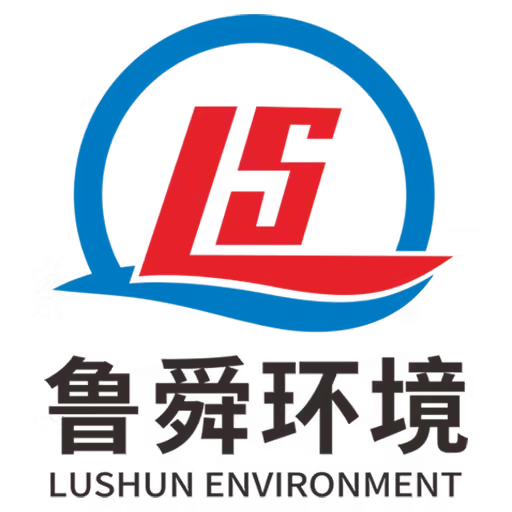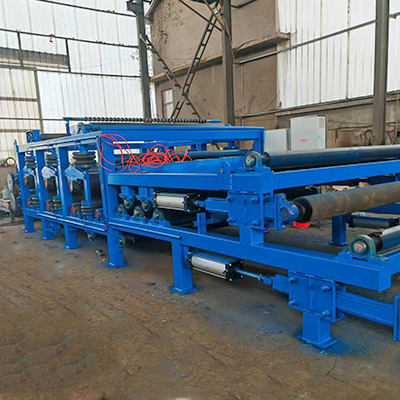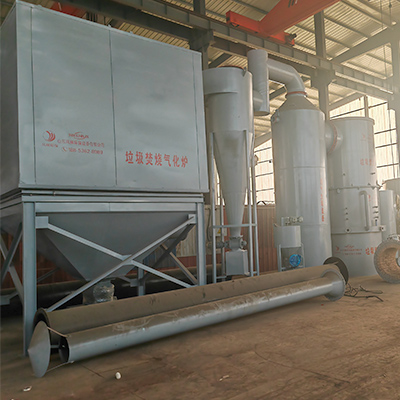Welcome to My Blog! 🌟
I’m so glad you’re here! Before we jump into the exciting content, I’d love for you to connect with me on my social media platforms. It’s where I share extra insights, interact with our amazing community, and post regular updates. Here’s how you can join the conversation:
📘 Facebook: Follow me on Facebook for more updates
Now, let’s dive into the journey ahead. I hope you find everything here both engaging and valuable. Together, let’s explore, learn, and grow! 🚀
Table of Contents
Introduction
Waste management is a fundamental aspect of maintaining healthy, sustainable cities. With increasing population growth and industrialization, waste generation continues to rise, straining traditional waste management methods like landfills. As the demand for more innovative and effective waste disposal methods grows, the pros of waste incineration have made it a key player in managing large volumes of waste efficiently.
While concerns over air pollution and environmental damage once cast a shadow over incineration, modern technology has transformed waste incineration into a cleaner, more environmentally responsible practice. The many pros of waste incineration, such as its ability to reduce waste volume and generate energy, are becoming increasingly evident. In this blog post, we will discuss the top five pros of waste incineration, illustrating how it not only helps manage waste but also provides valuable resources like energy, land, and even environmental protection.
Pro1. Significant Waste Volume Reduction
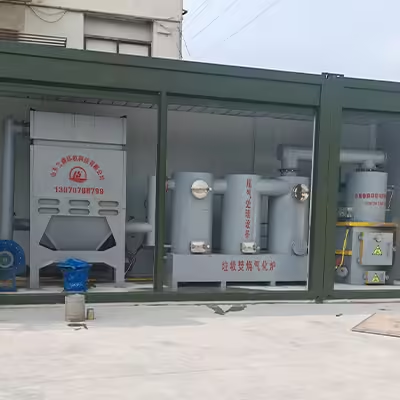
One of the most compelling pros of waste incineration is its ability to dramatically reduce the volume of waste. When waste is incinerated, it undergoes a thermal treatment process that reduces the material to ash, which makes up only about 10% of the original volume. For example, a ton of waste that would otherwise take up a significant amount of space in a landfill can be reduced to just 90 kilograms of ash.
This reduction in volume provides several benefits, including:
- Decreased Landfill Demand: As urban spaces become more crowded, available land for new landfills becomes increasingly scarce. Incineration frees up space that would otherwise be consumed by large, sprawling landfills.
- Efficient Waste Management: By reducing the volume of waste, municipalities can manage waste more efficiently. The space occupied by a landfill can now be used for more productive purposes, such as green spaces, commercial or residential development.
- Long-Term Sustainability: The need for constant expansion of landfill sites is significantly reduced, contributing to long-term urban sustainability and growth. This is one of the significant pros of waste incineration, as it addresses the challenge of managing growing urban waste.
Pro2. Energy Generation from Waste Incineration
Another key advantage of waste incineration is its ability to generate energy. Modern incineration plants are equipped with waste-to-energy (WTE) technology, which allows them to convert the heat produced by burning waste into useful energy in the form of electricity or district heating. This process is one of the primary pros of waste incineration, providing a sustainable energy solution by harnessing the potential of waste.
How Does Waste-to-Energy Technology Work?
The process involves burning waste at high temperatures, which releases thermal energy. This heat is then captured and used to generate steam. The steam drives turbines connected to generators, producing electricity. Alternatively, the heat can be used for district heating, where it is transferred through a network of pipes to warm homes and businesses. This is another significant advantage of waste incineration, as it directly contributes to reducing reliance on fossil fuels.
The energy generated through waste incineration can be used in various ways:
- Power Generation: Electricity generated by waste incineration can power homes, businesses, and even entire neighborhoods, reducing the reliance on traditional, fossil-fuel-based energy sources. This highlights one of the key pros of waste incineration in promoting cleaner energy solutions.
- District Heating: Incineration can provide energy for residential and commercial heating, particularly in colder regions, reducing the need for heating fuels such as natural gas or coal. This is another of the major pros of waste incineration, especially in urban areas with high heating demands.
By turning waste into a valuable resource, waste incineration helps decrease dependence on non-renewable energy sources and contributes to a cleaner energy future. This is one of the major pros of waste incineration, offering a sustainable energy solution that can be used to power homes and businesses alike.able energy sources and contributes to a cleaner energy future. This is one of the major pros of waste incineration, offering a sustainable energy solution. contributes to a cleaner energy future.
Pro3. Reduction of Greenhouse Gas Emissions from Landfills
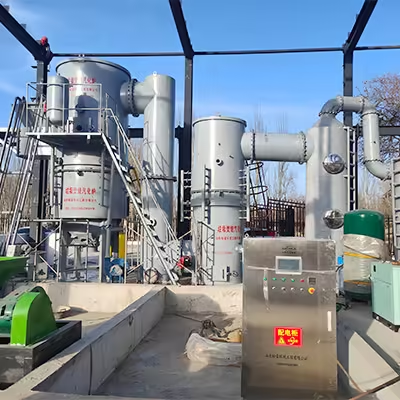
Landfills are notorious for their contribution to greenhouse gas emissions, Landfills are notorious for their contribution to greenhouse gas emissions, particularly methane (CH₄). Methane is a potent greenhouse gas that is released when organic waste decomposes in anaerobic (oxygen-free) conditions found in landfills. This methane gas has a global warming potential 25 times greater than carbon dioxide, contributing significantly to climate change.
Waste incineration offers a solution to this issue by eliminating the decomposition process in landfills. When waste is incinerated, the materials are burned at high temperatures, preventing the production of methane. Furthermore, modern incinerators are equipped with advanced filtration systems to capture harmful emissions, ensuring that the process is as clean as possible. The pros of waste incineration in emission reduction are evident here, as it provides a cleaner alternative to landfilling.
Advantages in Emission Reduction
- Prevention of Methane Release: Incineration eliminates the risk of methane generation, significantly reducing the environmental impact. This is a critical pro of waste incineration, as it mitigates a significant source of greenhouse gases.
- Advanced Filtration Systems: Modern incinerators are equipped with scrubbing technology and advanced filtration systems that capture particulate matter and harmful gases like dioxins, nitrogen oxides, and sulfur dioxide. This ensures that incineration remains one of the cleaner options for waste disposal, reinforcing the pros of waste incineration from an environmental perspective.
- Clean Energy Production: The heat energy produced during incineration can be harnessed to reduce the need for fossil fuels, further lowering greenhouse gas emissions associated with energy generation. The generation of clean energy is another one of the key pros of waste incineration, supporting efforts to reduce our carbon footprint.
By reducing methane emissions and promoting clean energy, waste incineration offers a more sustainable alternative to landfilling, contributing to the fight against climate change. The pros of waste incineration in this context are clear, showcasing its potential to provide cleaner and more efficient waste management solutions.
Pro4. Reduced Risk of Waste Contamination
Landfills pose a significant environmental risk due to leachate, a toxic liquid produced by the decomposition of waste materials. Leachate can contaminate soil and groundwater, leading to long-term environmental damage. The presence of hazardous chemicals, heavy metals, and organic contaminants in landfills further complicates waste management and environmental protection efforts.
In contrast, waste incineration is a controlled process that reduces the risk of contamination. During incineration, waste is burned at high temperatures, which neutralizes hazardous substances and destroys harmful chemicals. The high heat also eliminates the risk of the waste leaking or contaminating nearby water sources.
How Incineration Prevents Contamination
- Destruction of Toxic Substances: High temperatures effectively destroy toxic materials, such as heavy metals, chemicals, and industrial waste, that would otherwise pose a risk in landfills.
- Controlled Environment: Unlike landfills, where waste can break down and leach into the environment, incineration takes place in a controlled facility where harmful emissions are filtered and safely managed.
- Safer Ash Management: The ash generated from incineration can be safely disposed of or even repurposed for use in construction materials, further reducing its environmental impact.
By eliminating the risks of leachate and contamination, waste incineration provides a safer, more environmentally responsible waste management solution.
Pro5. Landfill Space Conservation
With the growing population and increasing waste generation, available landfill space is becoming increasingly limited. Expanding landfill sites requires significant investment and can lead to environmental issues such as air pollution, odor, and leachate contamination. By using waste incineration, we can conserve valuable land and prevent the need for expanding landfills.
How Incineration Conserves Land
- Reduces Landfill Demand: Incineration drastically reduces the amount of waste that needs to be disposed of in landfills, conserving precious land resources.
- Supports Urban Development: By reducing the need for large landfill sites, cities can free up land for residential, commercial, and green space development, contributing to urban growth and sustainability.
- Cost Savings: Landfill expansion is costly and requires extensive planning and infrastructure. Waste incineration can reduce these costs by decreasing the demand for landfill space.
In cities where land is at a premium, waste incineration can play a critical role in both managing waste and ensuring efficient use of available land. This is one of the essential pros of waste incineration for urban development.
Waste Incineration Performance Comparison

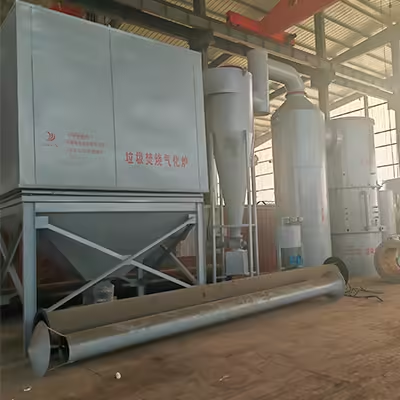
To better understand how waste incineration compares to other waste management methods, here’s a comparison of its key features with landfilling and recycling.
| Feature | Waste Incineration | Landfilling | Recycling |
|---|---|---|---|
| Waste Volume Reduction | 90% | N/A | 40-60% |
| Energy Generation | Yes | No | No |
| Greenhouse Gas Emissions | Low | High (Methane) | Low |
| Hazardous Waste Handling | Effective | Limited | Limited |
| Land Use | Low (Requires less space) | High | Low |
This table clearly shows that waste incineration is superior in terms of volume reduction, energy generation, and environmental impact compared to other waste management methods.
Conclusion
Waste incineration offers a range of compelling benefits, making it an increasingly popular choice for waste management. The pros of waste incineration include its ability to significantly reduce waste volume, generate energy, and lower greenhouse gas emissions. These advantages highlight why the pros of waste incineration are becoming more recognized in the field of sustainable waste management.
As technology continues to evolve, the pros of waste incineration will play an even more crucial role in environmental protection. While other methods like recycling remain important, the pros of waste incineration provide a comprehensive solution to the global waste crisis. As cities continue to grow, waste incineration, with its many pros, will remain an indispensable tool for creating cleaner, more sustainable urban environments.
FAQ
Is waste incineration harmful to the environment?
While there are concerns about emissions, the pros of waste incineration are evident in modern facilities. Advanced filtration systems are used to significantly reduce harmful pollutants. The process is cleaner than landfilling, as it not only eliminates methane emissions but can also generate clean energy, making it a more environmentally friendly option compared to traditional waste disposal methods.
How does waste incineration generate energy?
One of the key pros of waste incineration is its ability to generate energy. Waste incineration plants use the heat produced from burning waste to create steam, which drives turbines to generate electricity. This energy can be utilized to power homes, businesses, or even for district heating systems, making waste incineration an efficient energy source and reducing reliance on fossil fuels.
What types of waste can be incinerated?
The pros of waste incineration also extend to the variety of waste it can handle. Non-recyclable waste such as household trash, industrial waste, and certain hazardous materials can be incinerated safely. However, items like electronics and metals are usually separated for recycling rather than being incinerated, ensuring that valuable resources are recovered before waste is burned.
Does waste incineration reduce landfill use?
Yes, one of the primary pros of waste incineration is its ability to drastically reduce the volume of waste sent to landfills. By burning waste, the volume can be reduced by up to 90%, thereby conserving valuable land and preventing the need for continuous expansion of landfill sites. This also helps mitigate long-term environmental risks like methane production from landfill decomposition.
Can incineration handle hazardous materials?
Yes, the pros of waste incineration include the ability to safely neutralize hazardous substances. Modern incineration technology effectively destroys harmful materials like heavy metals, toxic chemicals, and industrial waste. This makes incineration a safer disposal method than landfilling for such materials, which could otherwise pose environmental and health risks.
